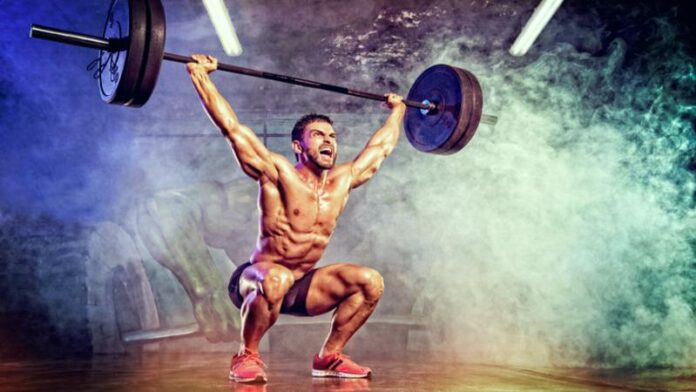Metabolism is the process in which the body burns calories and converts it into energy that is distributed throughout the whole body. Interestingly, metabolism is something that can be increased or even lowered. To those struggling with weight, it is one of the crucial aspects when you want to lose weight or maintain weight. However, there are numerous misconceptions about how it works.
Here are the myths of metabolism, debunked:
Myth #1: Our metabolic rates can’t change.
As mentioned in the introduction, this is simply not true. Our metabolic rates do change. Although it is true that genetics help determine our metabolic rates, we can also boost metabolism by increasing lean muscle mass. As muscle is metabolically active, this meant that people with lean, muscular bodies tend to need more energy to function than people with a higher percentage of body fat.
However, muscle mass decreases as we age which contributes to a slower metabolic rate. You can slow down this process by picking up the weights to help lessen this decline.
Myth #2: A diet of green tea and chili peppers will boost metabolism.
There is no such thing as food that will speed up metabolism. Although studies have shown that green tea and hot chilies may temporarily boost metabolic rates, the help isn’t significant enough to create changes.
If you want a healthy body, then you will need to lead a healthy lifestyle by having a balanced eating pattern with food rich in nutrients. A diet of green tea and chili peppers will not be the answer to your health woes.
Myth #3: Your Metabolism Slows as you Age.
According to facts, this holds to be true. However, you need to take this in with a grain of salt. Age is not the only factor that slows down metabolism and weight gain, rather it’s a decrease in muscle mass. It is a natural thing to lose muscle as we age due to being less active, but that results in lowered BMR (basal metabolic rate) and the amount of calories your body burns. As a result, you will have a lower metabolism.
The only remedy to this is to stay active and incorporate strength training into your exercise routine.
Myth #4: Water Does a Body Good.
Depriving water from your body will surely create an imbalance in your body. Just like Starvation Diets, drinking less than four glasses of water a day will signal your metabolism to slow down. This is because our body’s biochemistry relies on water to utilize nutrients in food and burn calories.
For men, the recommended amount is 3.7 litres while women are recommended to drink 2.7 litres. Drinking a large glass of water before your meal also reduces appetite, assisting with portion control.
Myth #5: Slim People have Higher Metabolisms than Overweight People.
This rings false, as it takes more energy (and calorie consumption) to move someone heavier. Women with more weight will burn more calories walking a mile, while someone who is slimmer will burn even less. Yet to lose 1 kg, both must burn 7,000 calories whether you are slim or overweight. This fact means it takes much more effort at the gym to lose a pound as a slim person compared to an overweight one.
Myth #6: Eating Less Is Better for Your Metabolism
One of the most common myths in this list, eating less or the Starvation Diet is said to lead to a better metabolism. After all it does, seem logical that eating less gives way to a speedier metabolism, but the opposite rings true. In fact, cutting your caloric intake confuses your body. As energy sources are dwindling in your body, Decreasing calorie intake will make your metabolism slow down and burn fewer calories than before. This is why it is so important to fuel your body properly throughout the day in order to keep burning calories efficiently and effectively.
Myth #7: Cardio Is the Best Workout for Your Metabolism
Another common misconception is that cardio is the best workout for your metabolism. Yes, it helps you lose weight but it does not aid in increasing metabolism. Increasing your BMR requires building muscle that can burn calories even when you’re not working out. The best way to do that is with resistance exercise, like weightlifting.
If you don’t have weights or access to a gym, you can try exercising using your own body weight like HIIT exercises, squats, and planks.





